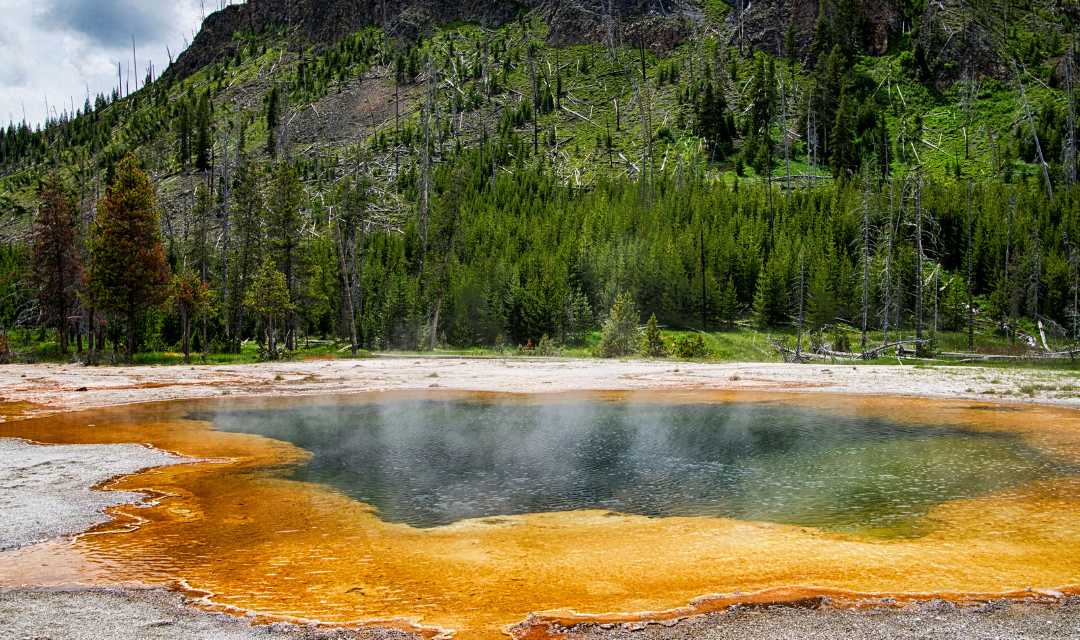Are you planning an outdoor adventure with the family this summer? Visiting America’s National Parks is a fantastic way to explore nature and take in some of the country’s most spectacular scenery. From Yosemite National Park in California to Denali National Park and Preserve in Alaska, these parks offer something for everyone—whether you’re looking for an easy day hike or an extended backpacking trip. In this guide to America’s national parks, we’ll provide all of the information needed to plan your next exploration into the majestic wilderness.
An Overview of America’s National Parks and the Best Time to Visit
America boasts an impressive 63 national parks, spanning from rugged mountains to vast deserts, each with its own distinct beauty and charm. From Yellowstone’s bubbling geysers to Acadia’s rugged coastlines, these national treasures offer endless opportunities for adventure and exploration. But with so many options, when is the best time to visit? Generally, the peak season for national parks is during the summer months, but visiting during the shoulder seasons of spring and fall can be just as rewarding. These times offer milder weather, fewer crowds, and stunning displays of colorful foliage or wildflowers. Whichever season you choose, a visit to America’s national parks is sure to leave you in awe of the natural wonders of the United States.
What to Pack for a National Park Adventure
If you’re planning a trip to a National Park and wondering what to pack, it’s always better to be over-prepared than under-prepared. Start with the basics like sturdy hiking shoes, a backpack, and comfortable clothing appropriate for the weather conditions. You should also bring plenty of water and snacks to keep you energized for the day. Sunscreen, a hat, and sunglasses are necessary to protect your skin and eyes from harmful UV rays. Don’t forget a map of the park and a compass to navigate the trails. Lastly, pack a camera to capture the stunning vistas and unforgettable memories. With these essentials, you’ll be ready to tackle any National Park adventure that comes your way.
Navigating the Trails – Tips for Mapping and Staying on Course
Embarking on a hike or trail run can be an exciting way to explore the great outdoors, but it can also be daunting if you’re unsure of how to navigate the path ahead. One essential skill for any outdoor enthusiast is the ability to read a map, and more importantly, to stay on course. There’s nothing worse than getting lost or taking a wrong turn, only to end up miles away from your intended destination. To avoid this, it’s important to invest in a reliable map and compass, as well as a GPS device or smartphone app that can help you track your progress and ensure you’re going the right way. Additionally, don’t be afraid to ask for directions from other hikers or park rangers, and always let someone know where you’re going and when you expect to return. By following these tips and being mindful of your surroundings, you can be sure to have a safe and successful trek on the trails.
Finding the Perfect Campsite – Essential Gear and Supplies
When it comes to camping, finding the perfect campsite is a must, but it’s not enough to just pitch your tent and call it a day without the right gear and supplies. To truly enjoy your time in the great outdoors, there are a few essentials you’ll need. A sturdy tent, sleeping bag, and cooking supplies are just a few of the must-have items for any camping trip. But beyond the basics, there are a range of other items that can make your outdoor adventure more comfortable and enjoyable. From camp chairs to portable showers, each of these items can add a touch of luxury to even the most rugged camping trip. So start packing your gear and don’t forget those creature comforts – they’ll make all the difference when you’re out in the wild.
Wildlife Viewing Etiquette – Guidelines for Safe Animal Encounters
When encountering wildlife, it can be tempting to get as close as possible, snap a quick picture, and move on with your day. However, it’s important to remember that these animals are not used to humans and can become agitated or aggressive when approached. That’s why following wildlife viewing etiquette guidelines is crucial for both your safety and the animal’s well-being. Keep a safe distance, avoid feeding the animals, and refrain from making loud noises or sudden movements. By respecting their space, you can have a more enjoyable and informative wildlife viewing experience while also protecting these beautiful creatures.
Keeping It Clean – The Basics of Responsible Outdoor Recreation
When it comes to enjoying the great outdoors, it’s crucial to prioritize responsible behavior in order to preserve the beauty of nature for future generations. Whether you’re camping, hiking, or simply spending a day outside, there are certain guidelines you should follow to keep the environment clean and healthy. This includes packing out all of your trash and waste, staying on designated trails to avoid disturbing plants and wildlife, and avoiding harmful chemicals and detergents that can damage the ecosystem. By taking the time to learn the basics of responsible outdoor recreation, you can help ensure that our natural resources remain protected and enjoyable for years to come.
From exploring the trails to discovering America’s natural wonders, a trip to one of our National Parks is an unforgettable experience. Now that you know how to plan your visit and make sure your trip is safe and enjoyable, it’s time to seize the opportunity and take advantage of all the outdoor fun! Whether you’re interested in camping, wildlife watching, or just plain relaxing in awe-inspiring settings, our national parks provide something for everyone – let’s all do our part to celebrate them and keep them pristine for future generations. Start planning your adventure today!





